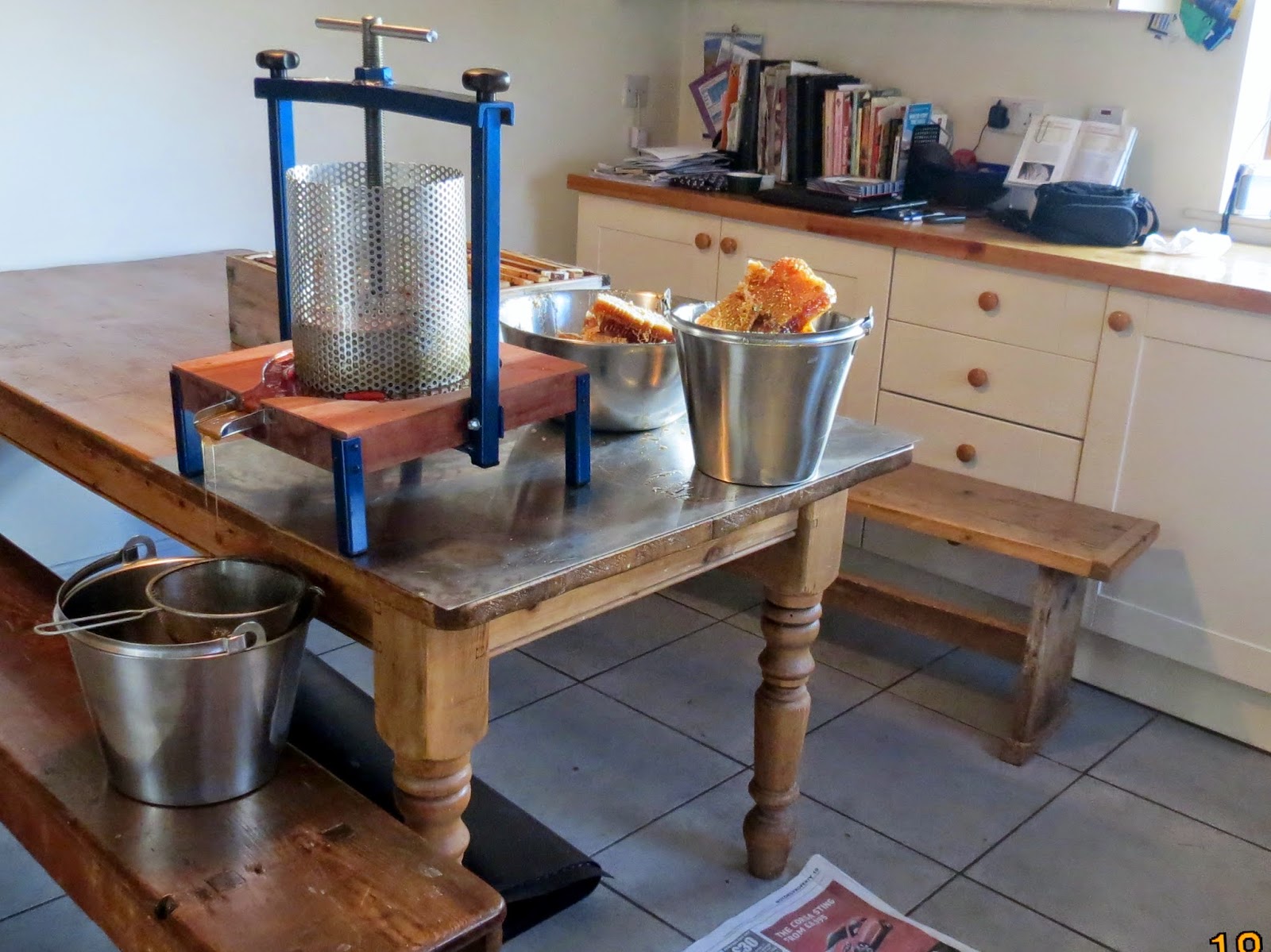Fifty years ago every undergraduate studying agriculture, every agricultural advisor, every feed compounder
 |
| MAFF Bulletin 48 |
and many farmers had a copy of "Rations for livestock" Ministry of Agriculture Bulletin No.48. It was, and still is a mini encyclopaedia of materials that can be fed to livestock. It was essential if you were formulating rations especially for dairy and beef cows.
I had to dig mine out yesterday.
Alistair and I went to the new Glenborrowdale Distillery for some "draff" or distillers grains. During the distilling process the carbohydrates in the malted grain are used to make alcohol the grains that are left over are richer in protein and fibre than barley, about 18% protein and 15% fibre. I know this because I looked it up in Bulletin 48!
If the wet grains are ensiled the draff keeps quite well and is an excellent feed for cattle to supplement low protein barley or oats. If the sheep and goats will eat it it could be added to their winter ration. We've excluded the air to ensile it by putting it in plastic bags tied at the neck.
 |
| Draff |
If the sheep will eat it; it doesn't look very appetising , but cattle like it, mixed with bruised oats it should give as a ration that is considerably cheaper than proprietary sheep nuts and just as good.
To get an idea of how effective this ration will be I have to estimate how much haylage, draff and oats a sheep or goat will eat in a day. This is a percentage of body weight,
Then estimate the energy content, protein content and digestibility of each ingredient and see if it meets the animals requirements.
All of this estimating makes me sound like an economist but it does work if you apply the information in Bull. 48.
Bulletin 48 is long out of print and out of date in many respects because we no longer have a Ministry of Agriculture or politicians who think that UK agriculture is important. They'll find out one day that its vitally important and they were fools to think otherwise.











































